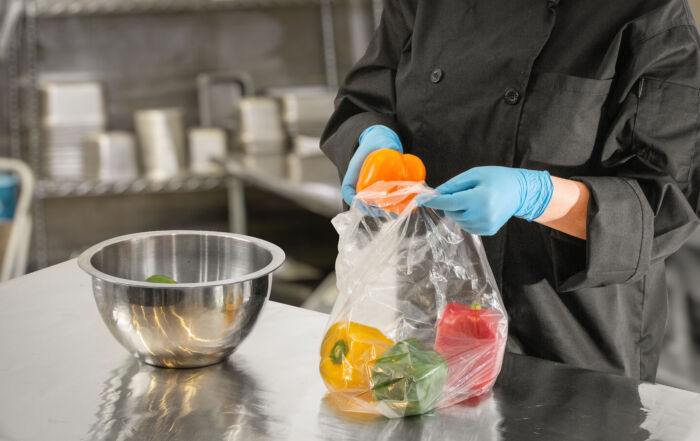The Blank Canvas of a New Year: Don’t Leave your Food Safety Program out of your New Year’s Resolutions
Each year, we get the opportunity to begin a new year and turn to a new page, sort of speak. As we start the journey of a new year, we are reminded of New Year’s resolutions everywhere we look – from television commercials to your social media streams. But it is also important to take stock of where we are and where we have been, both personally and professionally. We come out of the holiday season where we have time to be with family, time to relax a bit and slow down, and time to focus on ourselves. When we return to work at the start of the new year, we often get so busy in the day-to-day management of our operations that we fail to assess our businesses in the same manner we do our personal lives.
From a food safety perspective, what better way to assess where we are than to look back at the foodborne illness outbreaks we faced in the United States in 2021? While the actual data from FDA and CDC related to foodborne outbreaks is not finalized, as I looked back on the outbreaks, it seems that they can be summarized in one word – produce! While all outbreaks were not produce-related, there are several that were. A few of which we discussed in the blogs throughout the year.
… as we start the new year, take stock of the food safety practices and systems in your operations, and consider where you want to end the year of 2022.
In November, we discussed the Salmonella Oranienburg outbreak from red, yellow, and white onions. The outbreak investigation is still active, with close to 900 illnesses and 183 hospitalizations. We also experienced several salad-related outbreaks in 2021. In July, BrightFarms recalled a salad mix contaminated with Salmonella Liverpool, the outbreak caused 31 illnesses and four hospitalizations. Later in the year, an E. coli O157:H7 outbreak was linked to spinach, causing 14 outbreaks and four hospitalizations. Closing out the year in December, we had two independent outbreaks of Listeria monocytogenes related to packaged salad mixes, and while both are ongoing, have resulted in 26 illnesses, 22 hospitalizations, and three deaths.
Other outbreaks in 2021 were related to soft cheeses, shrimp, seafood, cake mixes, cashew Brie, and bottled water. In six of the outbreaks, officials were unable to determine the source and in two of the outbreaks, officials have yet to identify the source of contamination.
Thus, as we start the new year, take stock of the food safety practices and systems in your operation, and consider where you want to end the year of 2022. Hopefully, you have a few improvements to your food safety system in mind. If not, take a few lessons from the outbreaks we have experienced over the last year. Are your traceability systems in order? Has your staff been trained to properly handle fresh produce?
Whatever you decide to embark on for the year ahead, start small and don’t try to change everything at the same time. Encourage employee buy-in and focus on those lynchpin behaviors we have discussed before. Think of the new year as a blank canvas. What will your canvas show at the end of the year? Risk Nothing.
READ MORE POSTS
Preventing Norovirus in your Foodservice Operation
Norovirus is one of the leading causes of vomiting and diarrhea in the United States, [...]
Safe Handling of Leftovers in Foodservice Operations
In any foodservice operation, leftovers are inevitable. After managing a family-style restaurant, where all-you-can eat [...]
Turn your Health Inspector into your Food Safety Ally
For many foodservice operators, keeping up with evolving regulations can feel like chasing a moving [...]
Time and Temperature: Why 41°F to 135°F?
In one of my last blogs, I mentioned the temperature danger zone, or TDZ, as [...]










